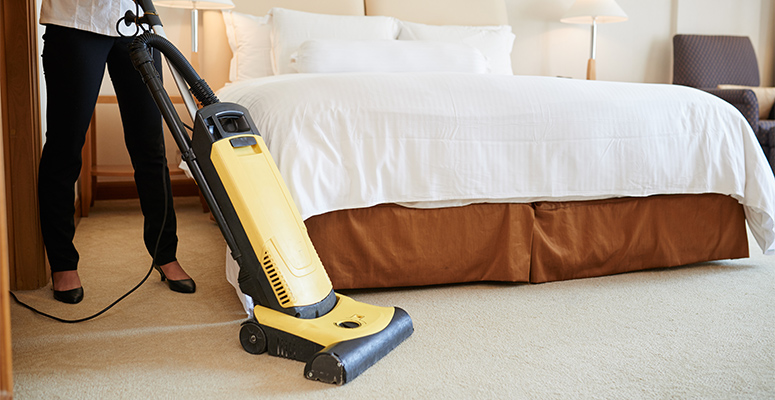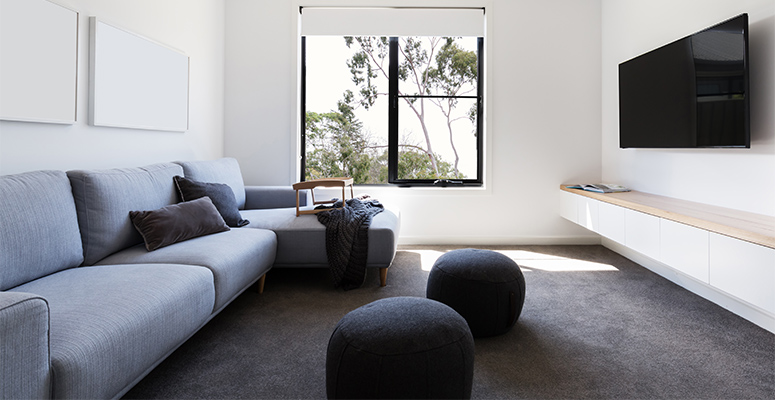
Ask ten people that work in the flooring industry for their opinion on which type of flooring is best for those suffering from allergies or asthma, and you will probably hear ten different answers. Opinions may differ, but the important thing to remember is that no two people will have the same reaction to the same material.
Debunking the Myths
There are two primary schools of thought as to which flooring is best for allergy sufferers; those who believe carpet improves indoor air quality by trapping contaminants for later removal via vacuuming and hot-water extraction, and those who believe carpet harbors more contaminants than hard-surface flooring. Both arguments have merit, but neither argument is foolproof.
Myth # 1: Carpeting Supports Mold Growth
Carpet does a better job of trapping microscopic contaminants that would otherwise float around inside your home, but if you don’t maintain a consistent cleaning schedule, you’re doing the allergy or asthma-sufferer in your home a disservice. Contrary to popular misconceptions, carpet fibers are not a breeding ground for mold spores.
Mold needs three things to grow—humidity, heat, and a food source. Carpet fibers are synthetic, and therefore unable to qualify as a food source. Alternatively, skin cells and food particles trapped in the carpet’s fibers can serve as a food source for mold. The trick to keeping mold out of your carpet is just a matter of keeping your home clean. Investing in a HEPA vacuum cleaner and having your carpet professionally cleaned every twelve months is the best way to keep your carpet free of contaminants.

Myth #2: Hard-surface Flooring Improves Indoor Air Quality
Have you ever seen particulate matter float through the air on a sunny day after your dog raced toward the window to bark at the mail carrier? All the dust and dirt that would normally stay trapped in a carpet’s fibers until the next time you vacuum go airborne every time someone’s foot lands on a hard-surface floor. Anyone that claims otherwise obviously doesn’t own a dog or receive any mail.
Myth # 3: Carpeting Releases more Harmful Fumes than Hard-surface Flooring Does
Almost all building materials release some degree of fumes related to the molecular compounds used to create the products builders use to make our homes livable. In fact, carpet manufacturers take great care to ensure their products stay compliant with indoor-air-quality standards, and many of today’s carpets come stamped with the Carpet and Rug Institute’s Green Label Plus seal of approval.
Some of the hard-surface products sold in the United States come from overseas, where standards are less stringent than they are in the U.S., whereas 90% of the carpeting sold around the globe comes from Dalton, Georgia.

One U.S.-based flooring retailer found itself in hot water after a 60 Minutes news report in 2015 exposed the company for importing and intentionally mislabeling laminate flooring containing unsafe levels of formaldehyde—a known cancer-causing chemical—from Chinese manufacturers. The retailer faced a string of class-action lawsuits and eventually agreed to pay $36 million to settle the civil litigation.
The key to maintaining good indoor air quality in your home comes down to being mindful of the products you buy and knowing where those products originated. If you have concerns about the safety of your new flooring, request a Material Safety Data Sheet (MSDS) from the manufacturer.


